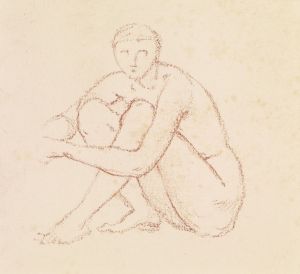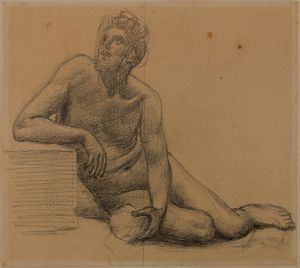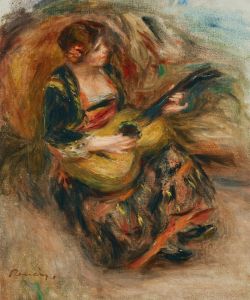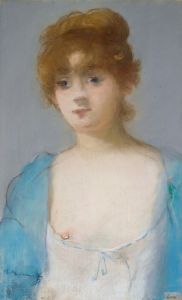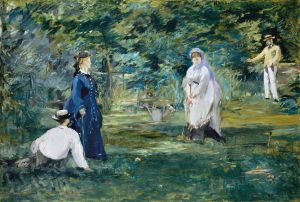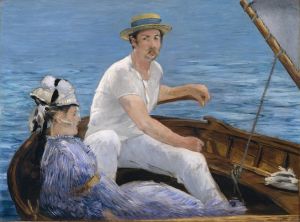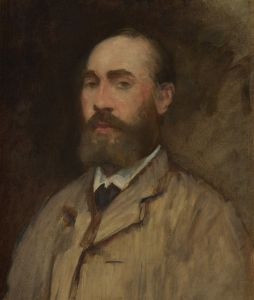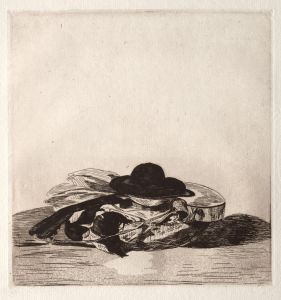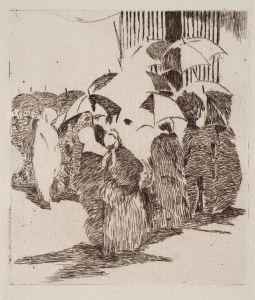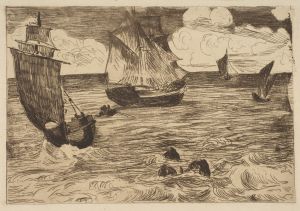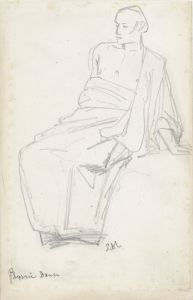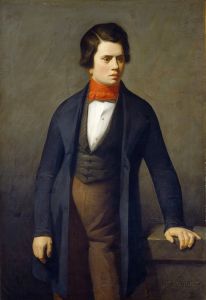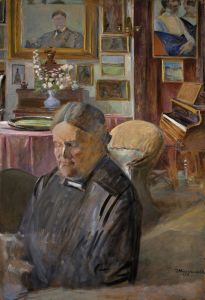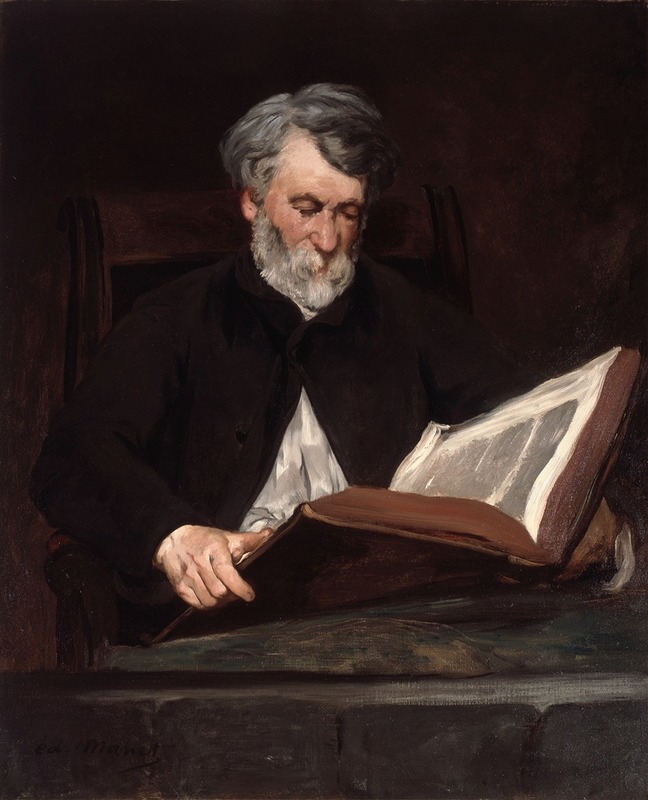
The Reader
A hand-painted replica of Édouard Manet’s masterpiece The Reader, meticulously crafted by professional artists to capture the true essence of the original. Each piece is created with museum-quality canvas and rare mineral pigments, carefully painted by experienced artists with delicate brushstrokes and rich, layered colors to perfectly recreate the texture of the original artwork. Unlike machine-printed reproductions, this hand-painted version brings the painting to life, infused with the artist’s emotions and skill in every stroke. Whether for personal collection or home decoration, it instantly elevates the artistic atmosphere of any space.
Édouard Manet, a pivotal figure in the transition from Realism to Impressionism, created a number of significant works throughout his career. However, there is no widely recognized painting titled "The Reader" by Manet. It is possible that the title may refer to a lesser-known work or a misattribution, as Manet's oeuvre includes several portraits and scenes of people engaged in everyday activities, some of which involve reading.
Manet's work often depicted modern life in Paris during the 19th century, capturing the essence of the city's social and cultural atmosphere. His paintings frequently featured figures from various walks of life, including musicians, artists, and members of the bourgeoisie, often portrayed in candid, unposed moments. Manet's style was characterized by loose brushwork, a focus on the effects of light, and a departure from the highly detailed and polished techniques of academic painting.
One of Manet's most famous works, "Olympia" (1863), exemplifies his innovative approach to painting. It presents a reclining nude woman, a subject that was both traditional and controversial due to its modern interpretation and the direct gaze of the subject. Similarly, "Luncheon on the Grass" (Le Déjeuner sur l'herbe), painted in 1862-1863, challenged conventional artistic norms by juxtaposing clothed men with a nude woman in a contemporary setting.
If "The Reader" were to exist as a work by Manet, it might be expected to follow similar themes and techniques, focusing on the depiction of modern life and the exploration of light and shadow. Manet's interest in capturing the immediacy of a moment and the individuality of his subjects would likely be evident in such a painting.
Manet's influence on the art world was profound, as he played a crucial role in the development of Impressionism. Although he never exhibited with the Impressionists, his work inspired many of the movement's key figures, including Claude Monet, Edgar Degas, and Pierre-Auguste Renoir. Manet's willingness to break away from traditional artistic conventions paved the way for future generations of artists to explore new styles and subjects.
In summary, while there is no specific painting known as "The Reader" by Édouard Manet, his body of work remains significant for its innovative approach to modern life and its impact on the evolution of modern art. Manet's legacy endures through his contributions to the development of Impressionism and his influence on subsequent artists who sought to capture the changing world around them.





